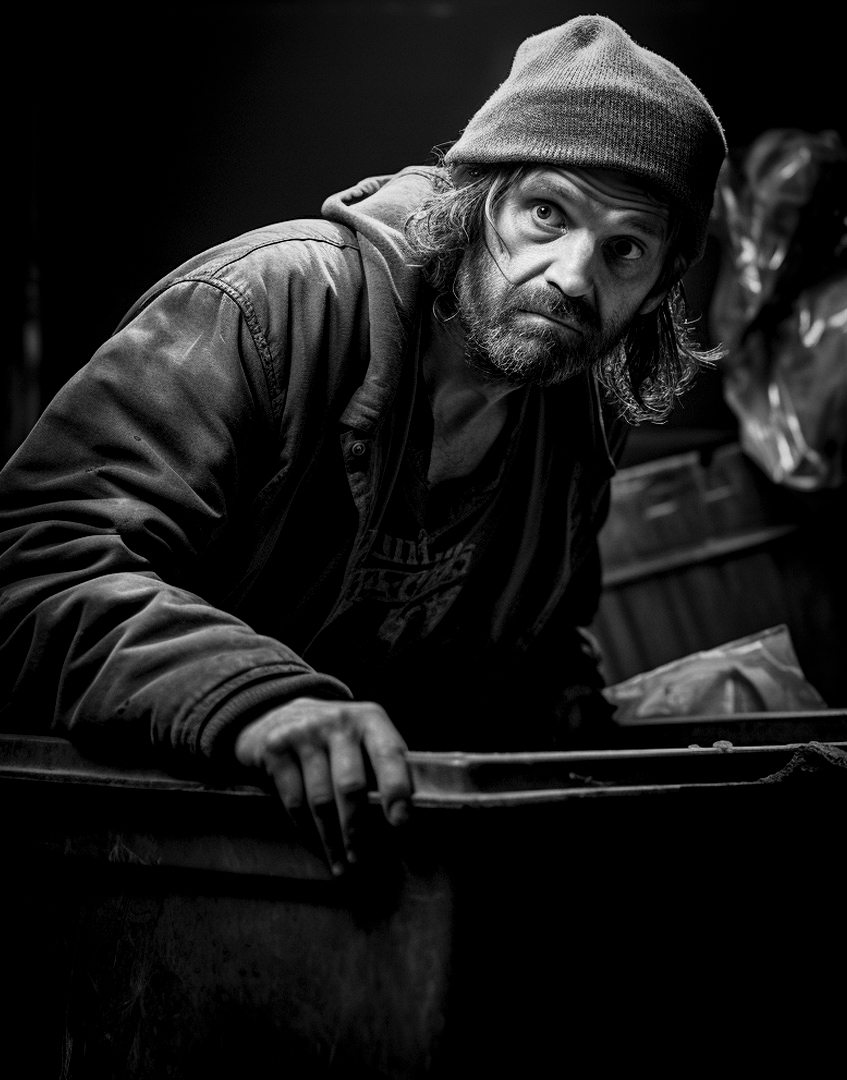Chapter 10. The Fatalist
A Perfect Finish Sample Chapter
The following chapter was selected because reading it out of order hopefully doesn’t spoil much.
10. The Fatalist
The Saturday before his departure, they had tickets to a Rockies game. Before the game, Steve took the kids to Tattered Cover Book Store on Colfax where he let each of them choose three items, with the qualification that only one could be a food item and at least one had to be an actual book. It was a rule that Emily used to enforce when they would visit as a family on Saturday mornings. As usual, Rachel spent the better part of an hour in the YA section and selected three books. Steve had planned to browse independently but instead spent the entire time with Michael, first buying him a scone, then listening to Michael’s reviews on the store’s assortment of games. After selecting a book of puzzles, Michael filibustered away the remaining time negotiating the definition of “book.” They were out of time and Michael knew it. Steve relented and allowed him to select a graphic novel as his book item.
At the game, Rachel got the Rockies logo painted on her face, and together they all got their picture taken with purple dinosaur Dinger, the team mascot.
The following night, the kids’ stepmother swung by his house to pick up Cosmo. She found Steve out back with the gardener discussing roses and care for the yard. She greeted him with a friendly hug, as though her husband had not just taken a wrecking ball to his world.
So it was in the autumn, following the spring of Emily’s death, that Steve rode alone toward Whitehorse and the mighty Yukon River, his medium with sweet Emily.
Riding to the historic mile zero of the ALCAN is its own one thousand six hundred-mile adventure. Starting from Denver, it took days to ride through Wyoming, wander through Big Sky country, sneak past the Little Bighorn, zig around Yellowstone National Park, zag past Glacier National Park, traverse the border, romp northward through Alberta to Calgary, Edmonton and Whitecourt, and finally cross west into British Columbia to reach Dawson Creek, the gateway of the 1,387-mile Alaska Highway.
On the first day, Steve left his home in Denver’s Country Club Neighborhood at 7 am. He made it to Billings, Montana before stopping for the night. Before dinner, he made a quick call to Michael and Rachel to say goodbye once more. When he explained he would be crossing into Canada the following day, Rachel informed him that she was painting her nails and, being thirteen, had no time for either national or international goodbyes. Michael was similarly bothered. “Steve, you do know your phone will still work once you’re in Canada, right?”
The following morning at the Canadian border in Coutts, he showed his Canadian passport and rode north to Lethbridge, Alberta. On the third day, he considered stopping to see his mother at Sylvan Lake, north of Calgary, but decided against it. He had not seen her since the funeral, and he was not yet prepared to dissect Emily’s final days. He also wasn’t keen to explain the inexplicable purpose of his trip to Whitehorse.
As he rode by Innisfail, Alberta, Steve thought of his two younger half-siblings who lived nearby. He had not seen them since his stepfather’s funeral many years ago. The old man had gotten rich by fracking the hell out of the family homestead, hundreds of acres situated just north of Calgary. His will had divided the fortune into three parts, with one for each of Steve’s half-siblings and one in a trust for Steve’s mother. Any remaining amount when his mother passed away would go to the half-siblings. Steve’s mother explained that the will was structured to prevent Steve from benefiting from his stepfather’s life. Thus far, it had unfolded exactly as intended. However, since his stepfather’s death, the half-siblings had squandered their own shares of the money and now awaited Steve’s mother’s passing to inherit the remainder.
Steve had two other half-siblings in Bartlesville Oklahoma, where his father had left the entirety of a smaller fortune to Steve’s stepmother. The half-siblings there were also waiting to inherit. In total there were four, now in their early- to mid-thirties, all bearing the curse-of-the-bequeathed, wasting their lives away as they waited to inherit a dwindling legacy. Steve alone had eluded their fate, and through the extra income from, and sale of, his internet marketing business, he managed to “squeeze together a couple of nickels,” as his grandfather used to say.
Three hours north of Sylvan Lake, on two-lane Highway 20, the rain began. Steve pulled over, put on his rain gear, and continued riding. The rain intensified and the wind became fierce. The four cars ahead of him slowed to thirty miles per hour. Steve couldn’t see the road through the torrential rain and he struggled to keep up with the taillights of the car ahead. If he fell behind, he would be forced to stop. Without visibility, he couldn’t identify a safe place to pull over. If he stopped on the highway, he risked being hit from behind. The trees gave way, and a gust of wind almost blew him into an oncoming semi.
The near miss left him with a pounding heart and an adrenaline rush. Panic was followed by a familiar sense of relief for narrowly cheating death, before giving way to introspection. What are the rules for kicking the grim reaper in the balls? The same as for shooting a charging bear: don’t miss.
The wind and rain abated, and he rode on in light rain. He arrived at Whitecourt, Alberta, tired and wet. In ideal conditions, the ride was no more difficult than sitting in an easy chair, but on days like these, he was lucky to have arrived alive.
✶ ✶ ✶
From Whitecourt, it’s a four-hour ride to Dawson Creek, which marked the beginning of the Alaska Highway and an altogether different adventure. The US Army built the Alaska Highway in the 1930s to defend Alaska against potential attacks by the Japanese. From Dawson Creek to Whitehorse in the Yukon Territory, nine hundred miles of highway snakes through some of the most majestic scenery in North America.
Steve’s previous motorcycle rides on the ALCAN had always included some cold and wet conditions. However, early September proved to be remarkably frigid. On the final day, riding at high altitudes through the Northern Rockies was bone-chilling. Steve crossed paths with no other motorcycles, and all the motorhomes he encountered were heading south.
Through the Northern Rockies, the road traced a path beside magnificent rivers and crystalline lakes. The forests flaunted their autumnal wardrobe, a kaleidoscope of yellows, oranges, and reds. Dominating the horizon, the snow-capped peaks of the Cassiar Mountains rose with grandeur. A myriad of wildlife thrived in this splendid landscape of dense forests, towering mountains, and picturesque meadows.
Between Muncho Lake and Watson Lake, Steve spotted bears on five occasions: four black bears and one grizzly. He encountered three mule deer, one moose, two elk, and four herds of roaming buffalo. Prior to his first pass into the Yukon Territory, he slowed to a crawl to count the largest herd he had seen–forty-three buffalo, including seven calves. They lay and walked both alongside and on the highway. The mothers and calves eyed him warily, but the others paid him no heed as he wove through the herd.
North of Fort Nelson, the ALCAN turned and headed more west than north. The highway ran west-by-northwest, but its direction varied considerably as it followed winding rivers: Liard, Teslin, Swift, Tanana, and finally the mighty Yukon River. The route’s demarcation was lyrical. As it followed the Liard River, it entered Yukon Territory from British Columbia twice, hopping north with a sign that read Welcome to Yukon Territory! Plus Grand Que Nature before doubling back at Watson Creek to return to British Columbia, The Best Place on Earth! and then North at Swift River for a second entry to Yukon, Larger than Life! just before Teslin.
Among motorcycle riders can be found Posers and Fatalists, but on the Alaska Highway wander only Fatalists. The Fatalist accepts that riding a motorcycle comes with some risks. Naturally, precautions can mitigate the Law of Large Numbers, but the principles of probability, causation, and correlation dictate that doing something risky over and over will eventually lead to a negative outcome. It is only a matter of time before the Fatalist meets his fate. Some think the Fatalist is suicidal, but that misses the point. The Fatalist is not riding to meet destiny; he is riding despite destiny.
Most of the hundreds and hundreds of miles go by in a lull. Setting aside the disparity in risk, riding a Harley-Davidson Road Glide is not so dissimilar to sitting on a sofa, except for the wind, the sun, the bugs, the noise, the rain, the cold, and the heat. If one has the patience for such trivialities and can ride a sofa, then one can manage most of the ALCAN on a Harley. Of course, from time to time, destiny will devise a test, but between such tests, riding the ALCAN can be devilishly boring.
As Steve cruised down the empty highway, the hum of the big twin engine and the hypnotic rhythm of the asphalt beneath his wheels lulled him into a sense of detachment. With his feet on the highway pegs, he used them to steer the bike as if he were in a dream. At times, the world around him would blur into a simulation and the sirens of the forest would beckon. He would feel as though he could step off the bike and into the void. Each time, before he could take a step, reality would prevail. When bored, Steve performed slaloms, either tight with hands or looping with no hands. When the tedium became particularly oppressive, Steve moved back to the passenger portion of the seat and imagined Elon was driving.
Taking the backseat while Elon drove was not a foolproof method of riding. Since Elon was entirely dependent on cruise control, he didn’t appreciate the subtleties of varying one’s speed to cause the bike to naturally fall into and rise out of a turn as it swept through a curve. Intelligence in its most artificial pretend form wasn’t programmed to watch for wildlife or guard against gusts of wind. With the vehicle controls so far out of reach, there were no provisions for corrective steering or emergency braking. No warning against the method was mentioned in the Harley-Davidson Owner’s Manual, but an amendment should be considered. With all the weight distributed on the back wheel, sitting on the backseat transformed the Harley into a catapult. If you were Elon’s passenger, no frost heave was required–a mere dip in the road could unseat you. While being launched from a motorcycle at seventy miles per hour wouldn’t necessarily result in a crushed skull, it could definitely leave a Mark.
There are a few ways to arrive at this page. In case you want to:
Go back to Riding the ALCAN on a Harley
Go back to Writing A Perfect Finish

